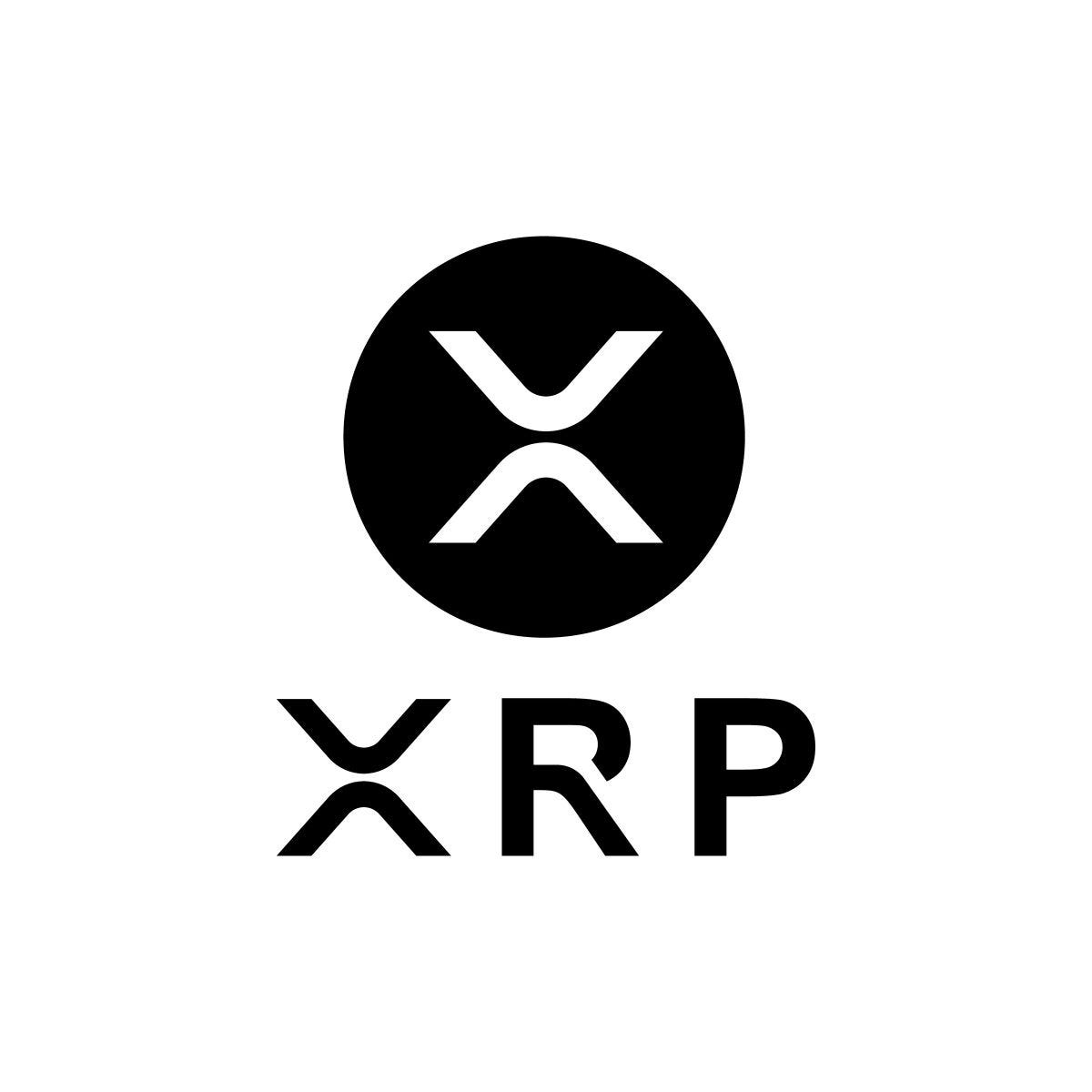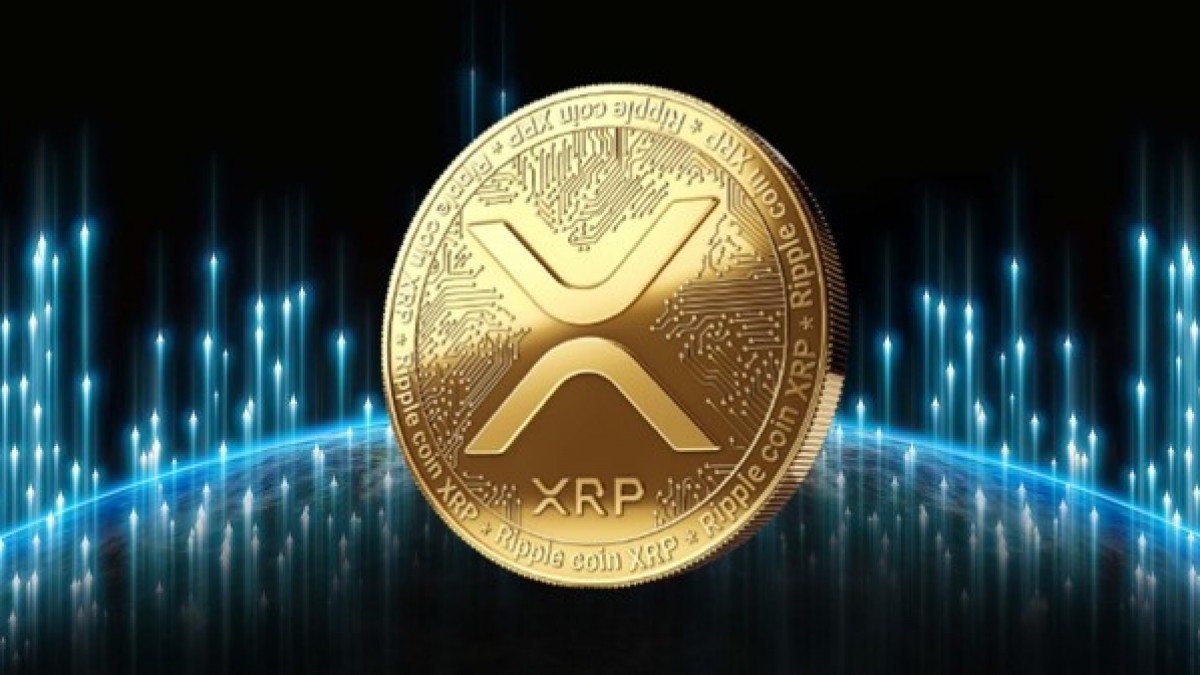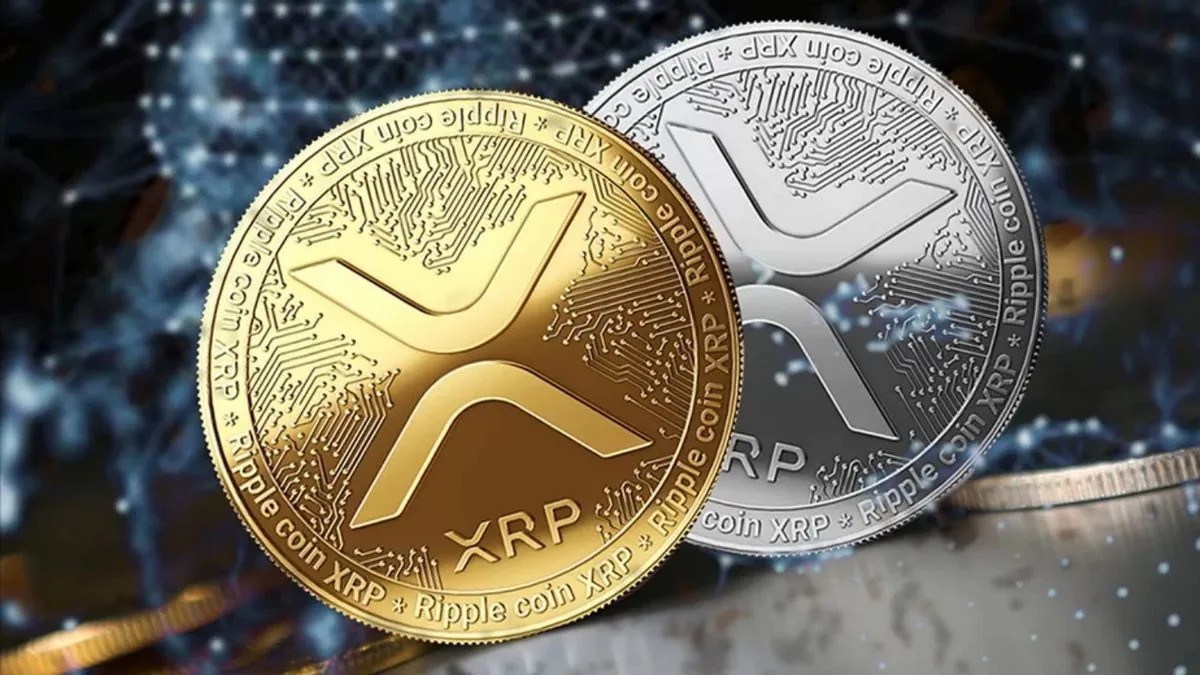Ripple XRP Use Cases - Transforming Cross-Border Payments
With its innovative technology and efficient protocols, Ripple XRP has emerged as a leading solution for revolutionizing the way international transactions are conducted. This article explores several Ripple XRP use cases as it reshapes cross-border payments, offering unparalleled speed, cost-effectiveness, and reliability to individuals and institutions alike.
Author:Camilo WoodReviewer:James PierceFeb 08, 20242.8K Shares82.3K Views

Ripple XRP stands out as a transformative force, particularly in the domain of cross-border payments. With its innovative technology and efficient protocols, Ripple XRP has emerged as a leading solution for revolutionizing the way international transactions are conducted. This article explores several Ripple XRP use casesas it reshapes cross-border payments, offering unparalleled speed, cost-effectiveness, and reliability to individuals and institutions alike.
What Is Ripple (XRP)?
Ripple is a digital payment protocol and cryptocurrency known as XRP. It is a Ripple Labs creation that aims to speed up and secure international transactions. Ripple's technology is designed to enable financial institutions and payment providers to send money globally with minimal fees and wait times.
XRP, the native cryptocurrency of the Ripple network, serves as a bridge currency for facilitating these transactions. It's worth noting that Ripple, the company, and XRP, the cryptocurrency, are often used interchangeably, although they are technically separate entities.
History Of Ripple
The history of Ripple traces back to 2004, when Ryan Fugger conceptualized a decentralized payment system called RipplePay. This precursor aimed to create a system where individuals and communities could create their own money and exchange it directly with others. In 2011, Jed McCaleb, Arthur Britto, and David Schwartz began collaborating on a new digital currency system, which eventually evolved into Ripple.
Chris Larsen and Jed McCaleb founded OpenCoin in 2012, which they later renamed Ripple Labs. They introduced the Ripple protocol, a decentralized payment system built on a distributed ledger technology known as the Ripple Consensus Ledger (RCL). Unlike Bitcoin's proof-of-work system, Ripple's consensus mechanism relies on a network of validating servers, enabling faster transaction confirmations and scalability.
In 2013, Ripple Labs released the XRP Ledger, the native blockchain network that powers the XRP cryptocurrency. XRP was designed to facilitate fast and cost-effective cross-border payments, positioning itself as a competitor to traditional payment networks like SWIFT.
Over the following years, Ripple Labs focused on building partnerships with financial institutions and banks to promote the adoption of its technology for real-world use cases. Ripple's solutions, such as xCurrent for messaging, xRapid for liquidity, and xVia for payments, aim to streamline international transactions and reduce settlement times and costs.
However, Ripple faced regulatory challenges and scrutiny due to its centralized nature and the classification of XRP as a security by some authorities. Despite this, Ripple continued to expand its network and improve its technology.
In 2020, Ripple became embroiled in a legal battle with the U.S. Securities and Exchange Commission (SEC), which alleged that XRP was an unregistered security. This led to several cryptocurrency exchanges delisting or suspending XRP trading, causing its price to plummet.
Ripple’s Role In DeFi
Although Ripple itself is not a decentralized finance (DeFi) platform, it has played a pivotal role in advancing DeFi by furnishing the essential tools and infrastructure for the emergence of new DeFi ventures. The Ripple Transaction Protocol (RTXP) and XRP, for instance, have served as fundamental components for DeFi applications, effectively bridging the divide between traditional financial institutions and decentralized financial services.
Advocates of Ripple argue that the platform has significantly contributed to the expansion of the DeFi landscape, facilitating greater accessibility and inclusivity in financial services, particularly for individuals residing in underserved regions worldwide. However, it's crucial to acknowledge that Ripple has faced criticism, with some questioning the platform's level of decentralization.
XRP Ledger And Consensus
One critical aspect of Ripple's platform is its unique consensus mechanism, which differs from the decentralized approaches used by many other cryptocurrencies like proof-of-work (PoW) or proof-of-stake (PoS). Instead, Ripple relies on a protocol where a limited number of validators are tasked with achieving consensus.
Decentralization is often considered crucial for a cryptocurrency's security, as it prevents any single entity from exerting undue influence over the network. However, with Ripple's consensus protocol, a small group of validators holds the authority to validate transactions. Critics argue that this concentration of power among validators could potentially lead to collusion and manipulation of the network.
Furthermore, skeptics have questioned the necessity of XRP as a bridge currency, given that other cryptocurrencies and fiat currencies could fulfill similar roles. Additionally, there has been debate surrounding the practice of Ripple Labs and its founders holding a significant portion of the total XRP supply in escrow, with some questioning the rationale behind this strategy.
Ripple (XRP) Use Cases
Ripple (XRP) has several compelling use cases that highlight its versatility and potential impact on the global financial landscape:
Cross-Border Payments
Ripple's primary use case lies in facilitating cross-border payments. Traditional international money transfers can be slow, costly, and inefficient, often taking several days to settle. XRP offers a faster and more cost-effective alternative. By leveraging Ripple's technology, financial institutions and payment providers can conduct near-instantaneous transactions across borders, minimizing settlement times and reducing fees.
Remittances
XRP is particularly well-suited for remittance payments, where individuals working abroad send money back to their home countries. Remittance corridors often suffer from high fees and long processing times. By using XRP, remittance companies can offer faster and cheaper transfer services, ultimately benefiting both senders and recipients.
Liquidity Management
Ripple's suite of solutions, including xRapid and On-Demand Liquidity (ODL), enables financial institutions to optimize their liquidity management. XRP serves as a bridge currency, facilitating the seamless exchange of fiat currencies across different markets. This helps institutions minimize the need for pre-funded accounts in various currencies, thereby reducing capital requirements and improving liquidity efficiency.
Micropayments
XRP's low transaction fees and fast settlement times make it well-suited for micropayments, particularly in digital content monetization, online gaming, and Internet-of-Things (IoT) transactions. XRP enables cost-effective and real-time microtransactions, opening up new revenue streams and business models for content creators, developers, and service providers.
Tokenization And Asset Transfer
Ripple's technology can also be leveraged for tokenization and the transfer of digital assets. By issuing tokens on the XRP Ledger, users can represent various assets, including fiat currencies, commodities, and securities, in a secure and decentralized manner. This enables efficient asset transfer and trading, as well as the creation of new financial products and markets.
Financial Inclusion
Ripple aims to promote financial inclusion by providing access to affordable and accessible financial services, particularly in underserved and unbanked regions. By partnering with local financial institutions and payment providers, Ripple helps expand the reach of its technology, empowering individuals and businesses with access to global financial networks and opportunities.
Ripple XRP Use Cases - FAQ
What Is The Main Use Of XRP?
XRP, the ledger's native currency, acts as a bridge currency to increase the speed and reduce the cost of cross-border transactions. Using XRP as a mediator currency reduces the need for pre-funded accounts and enables more efficient transactions than was previously possible through traditional financial institutions.
What Is Ripple XRP Good For?
Ripple cites XRP as a faster, cheaper, and more energy-efficient digital asset that can process transactions within seconds and consume less energy than some counterpart cryptocurrencies. Typically, XRP is created to serve as a settlement layer facilitating the transactions with the Ripple network.
Is XRP Used By Banks?
XRP is a reliable token for purchasing fiat currency like USD due to its significant market capitalization. Ripple's market cap currently stands at over $30 billion. So, banks can hold their XRP holdings and quickly convert them into reserves in USD and local currencies.
In Conclusion
The use cases of Ripple XRP in transforming cross-border payments underscore its significance as a disruptor in the global financial landscape. Through its swift and secure transactions, Ripple XRP has not only streamlined international remittances but has also paved the way for greater financial inclusion and accessibility. As Ripple XRP continues to innovate and expand its reach, the future of cross-border payments looks increasingly seamless and borderless, thanks to the transformative power of Ripple XRP use cases.

Camilo Wood
Author

James Pierce
Reviewer
Latest Articles
Popular Articles

